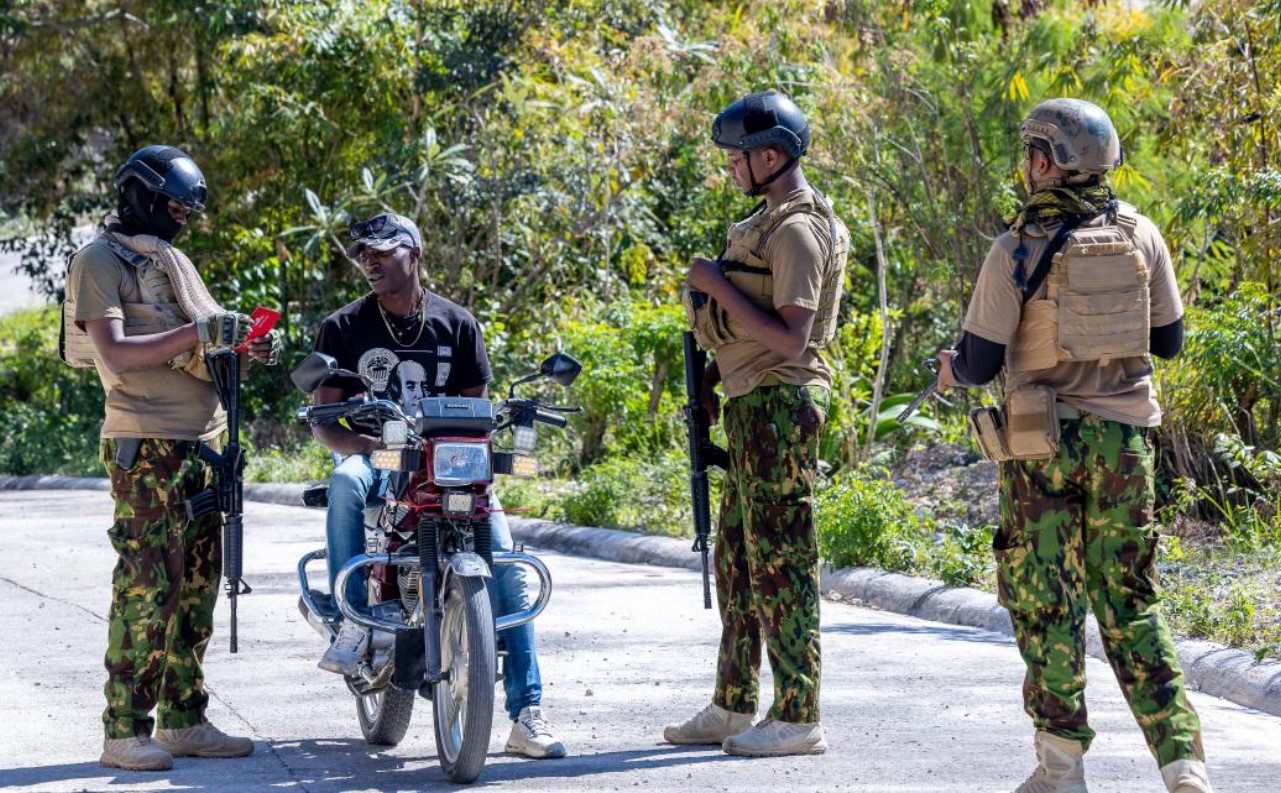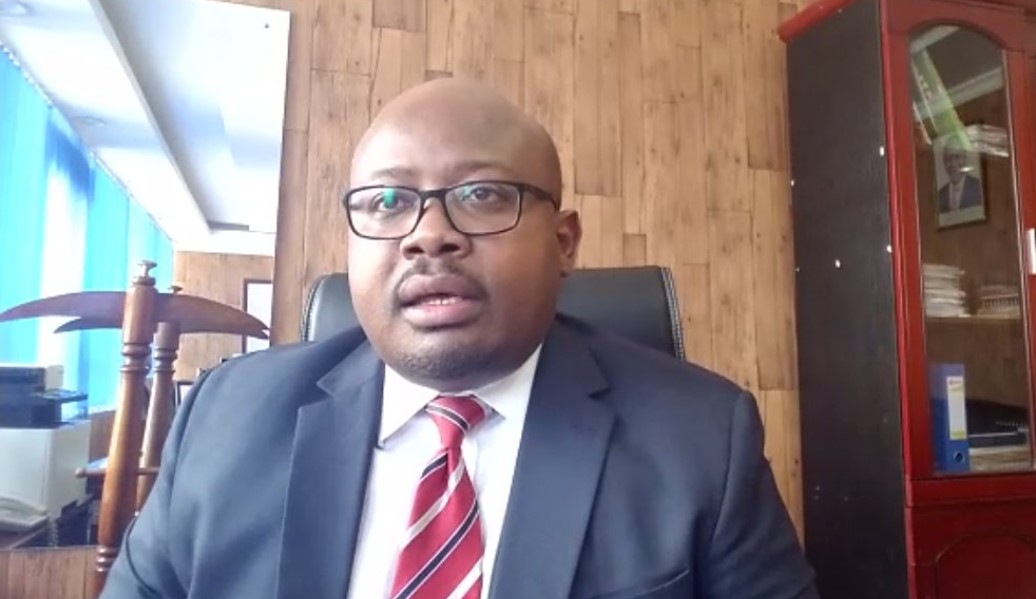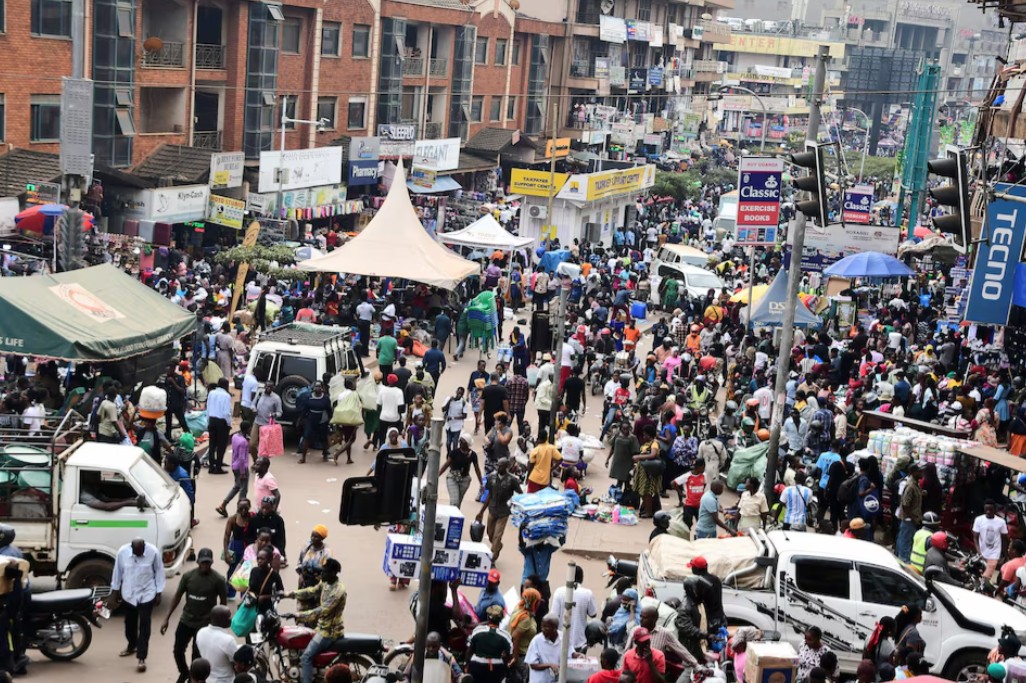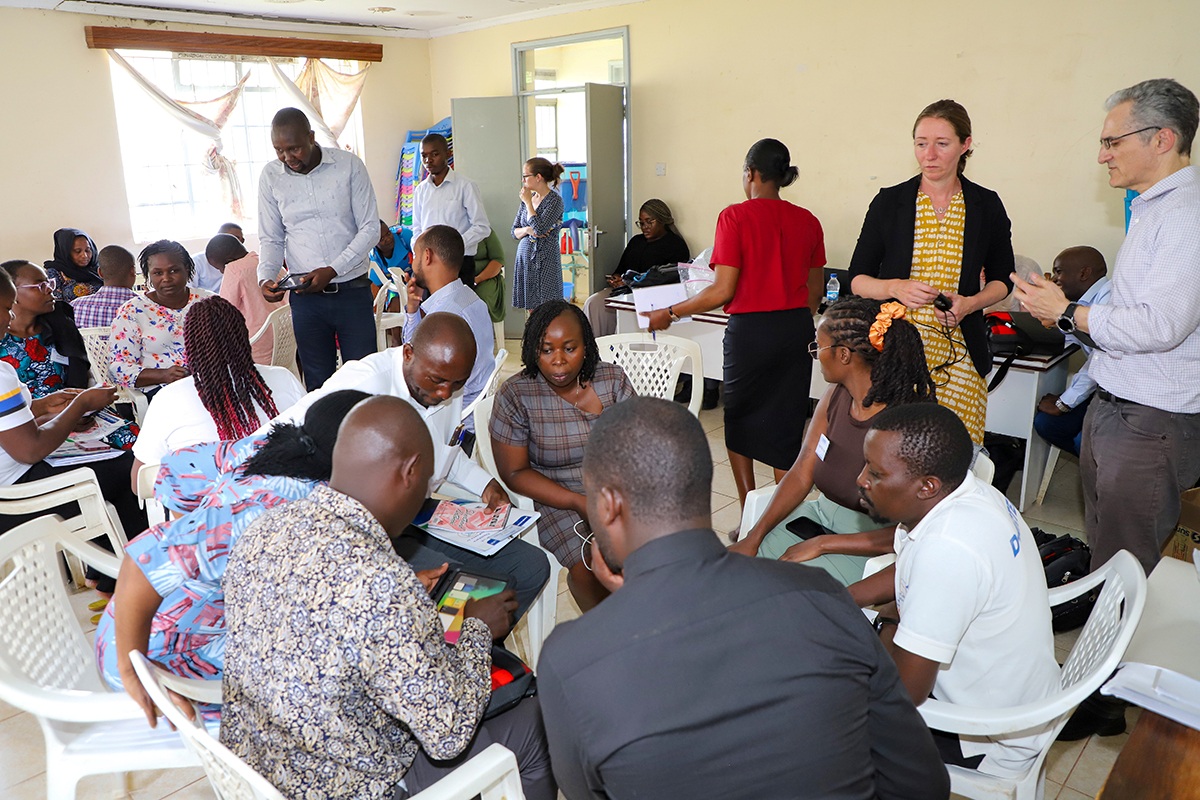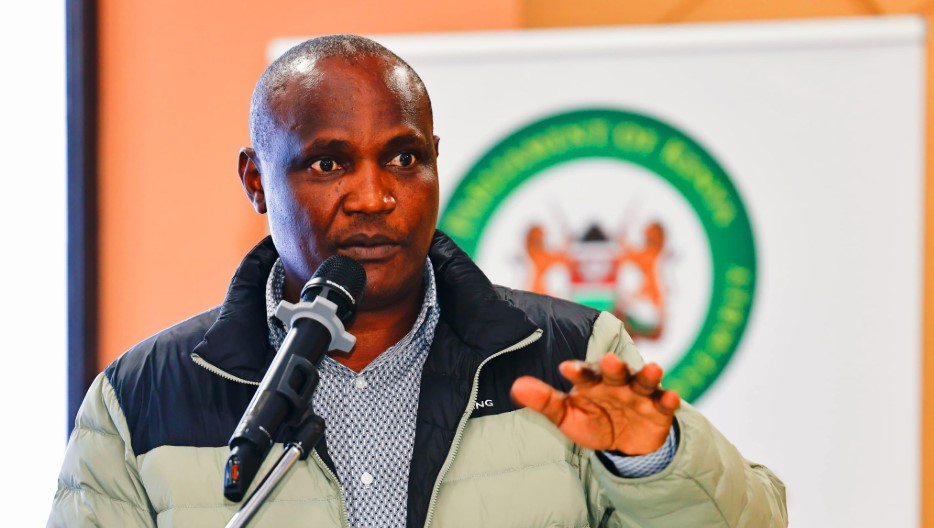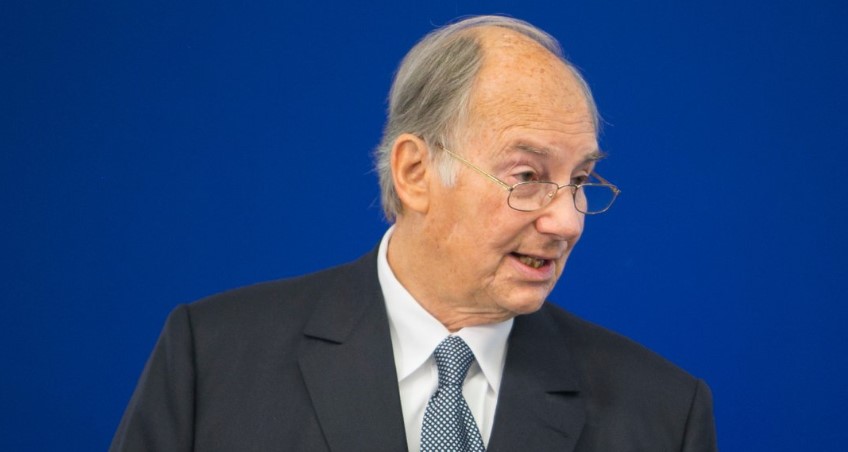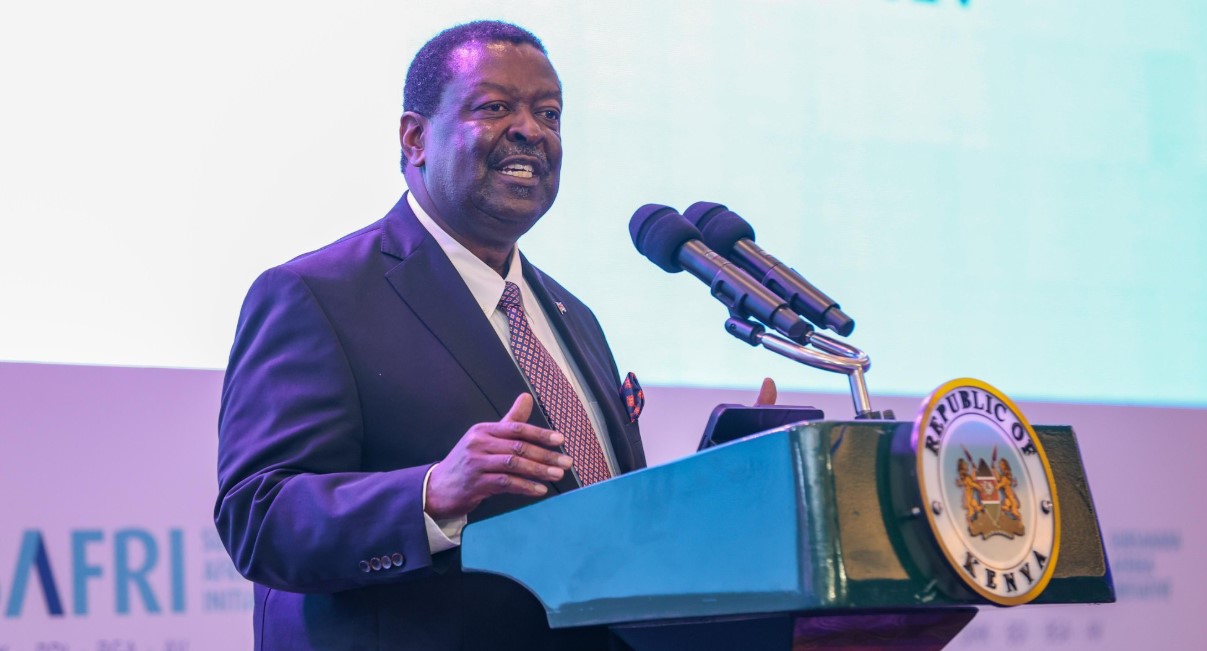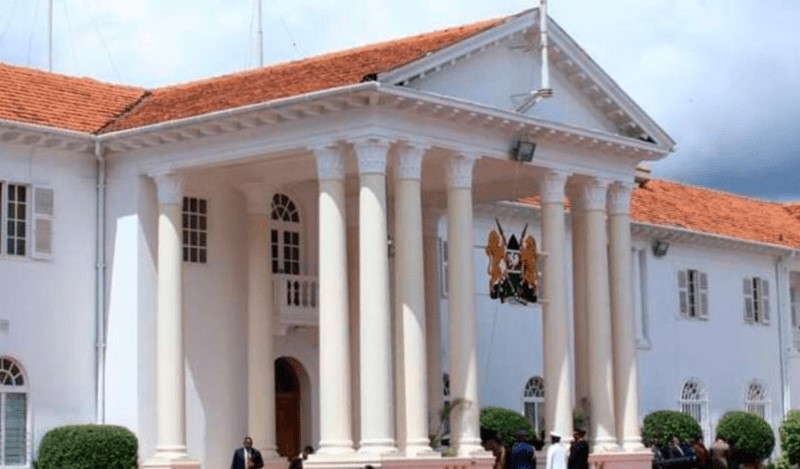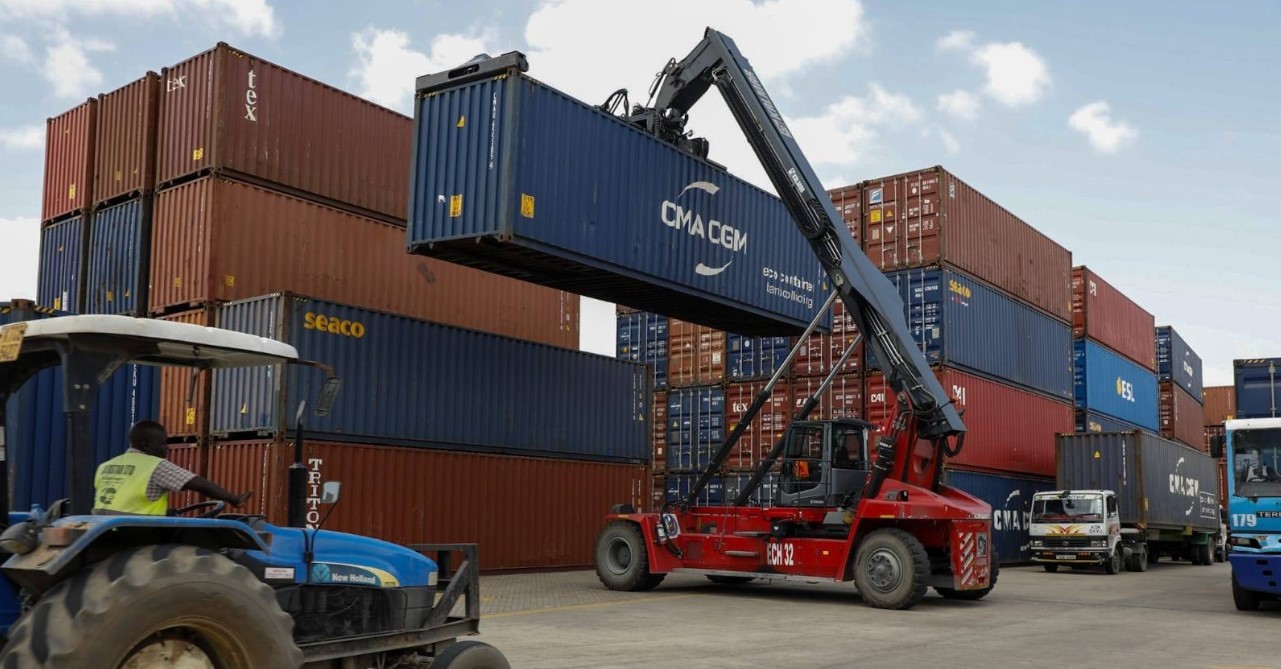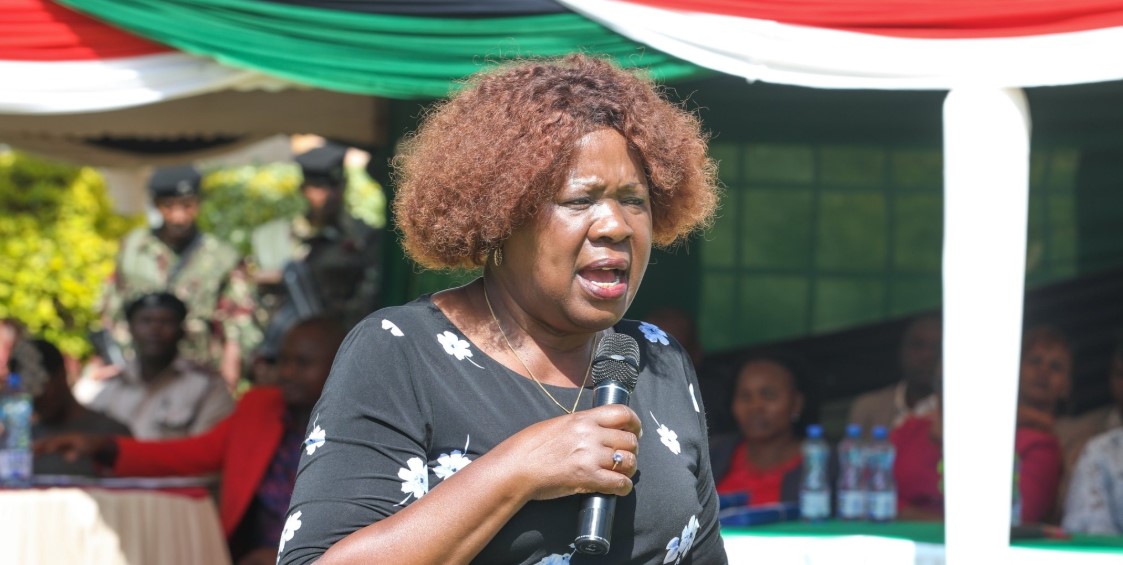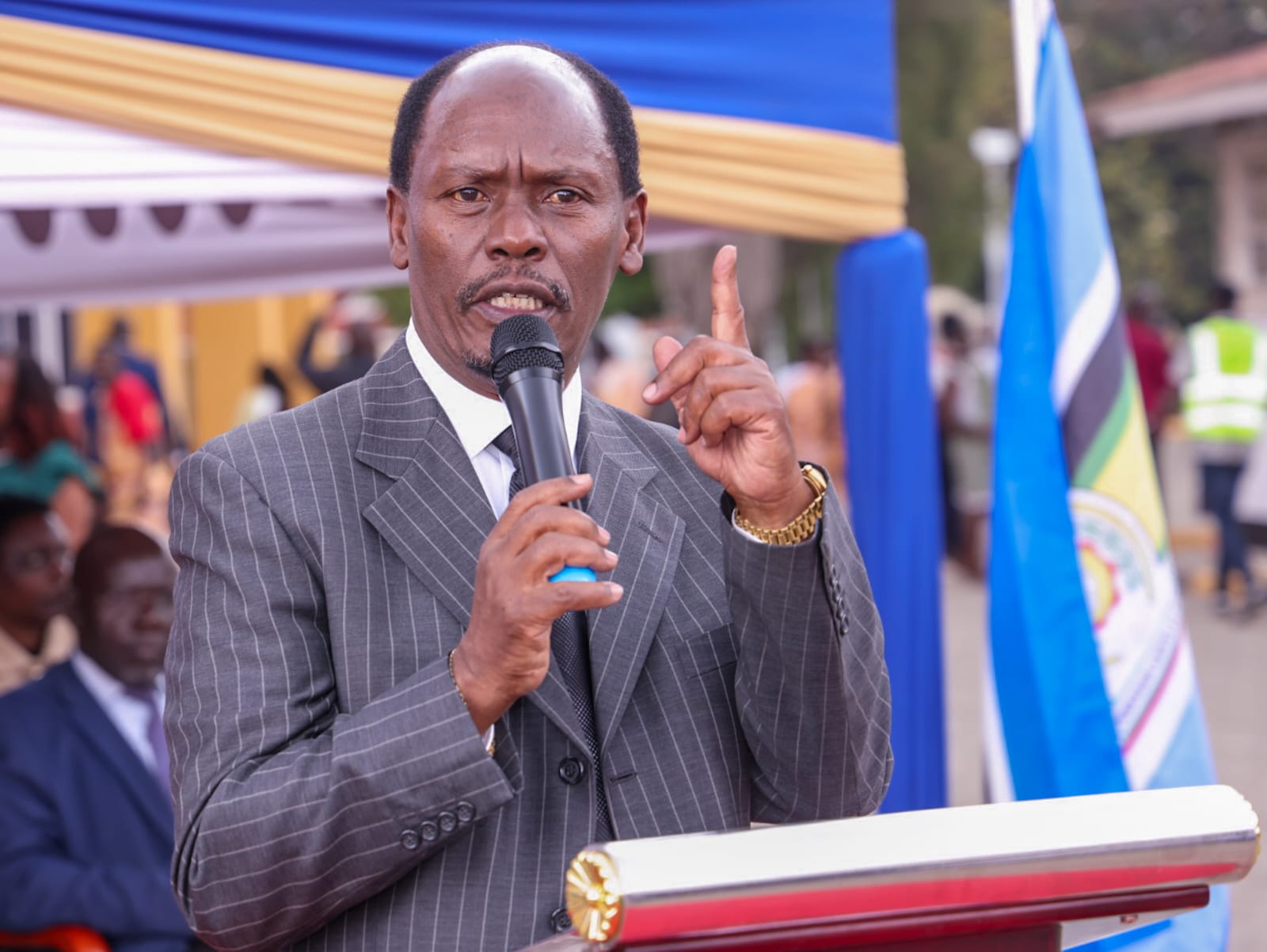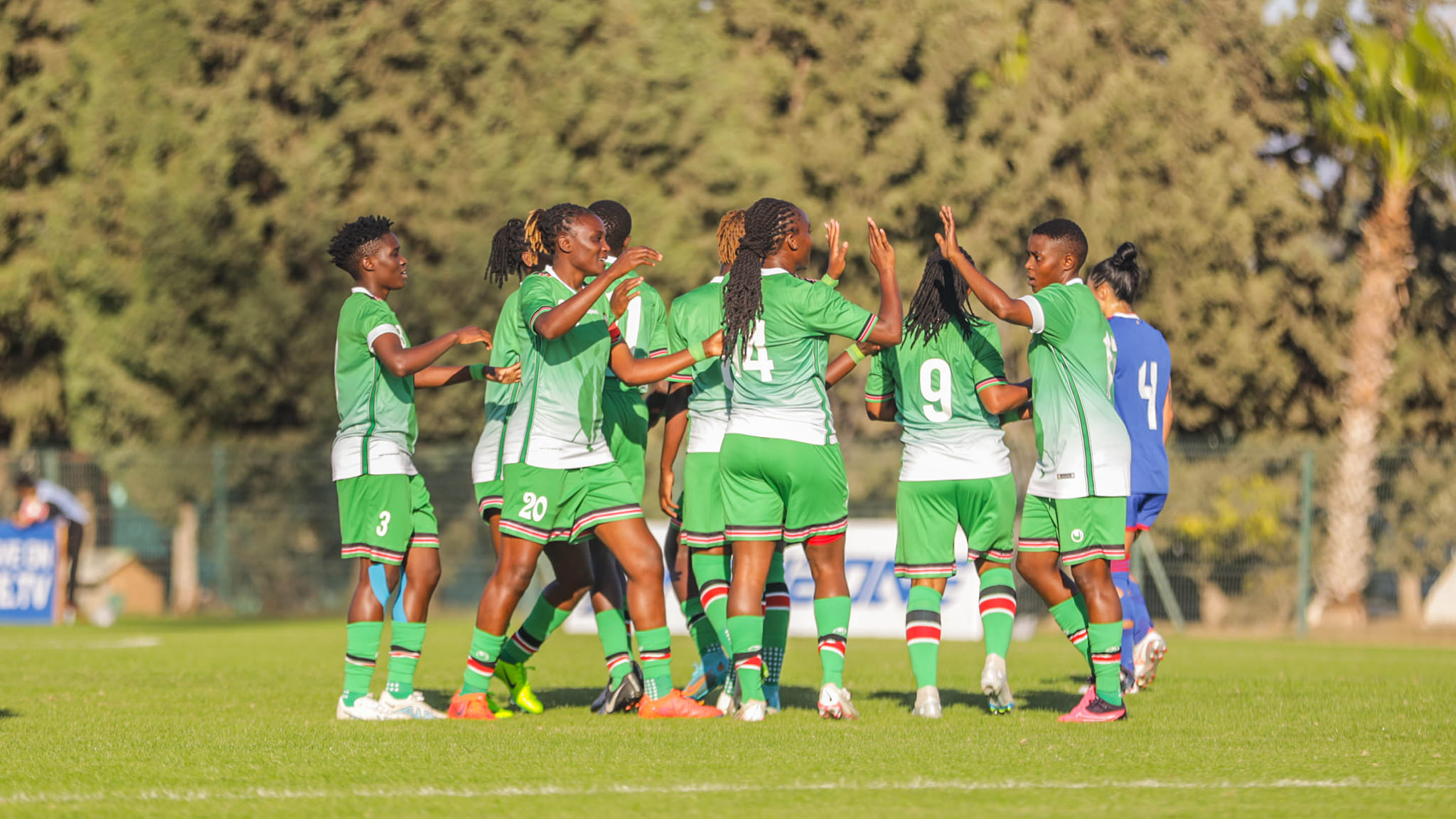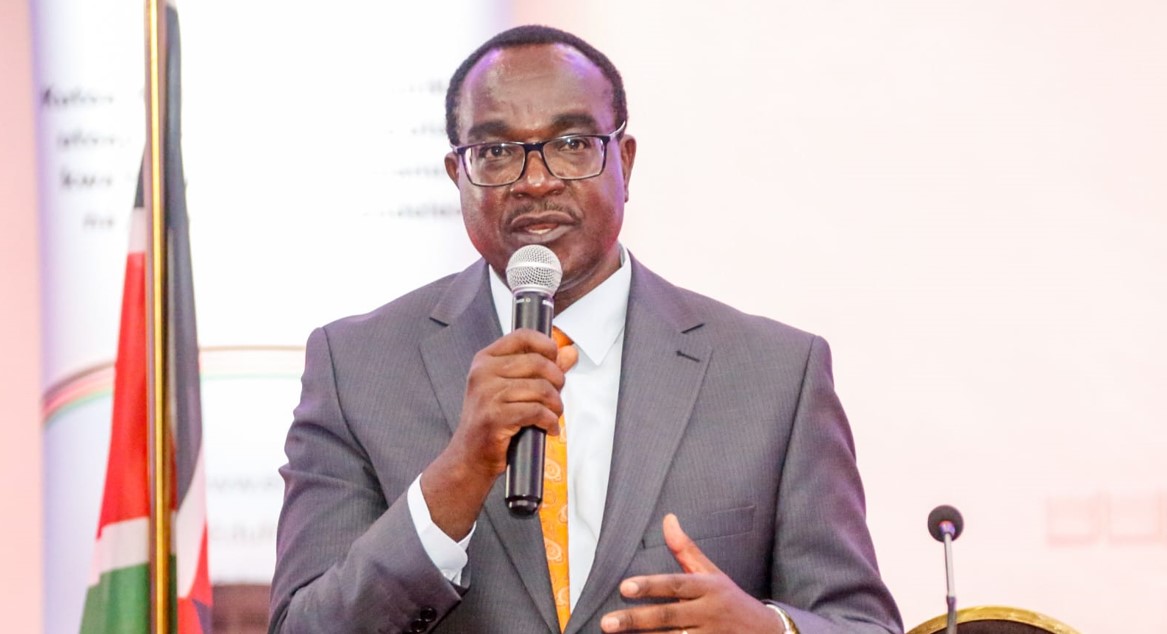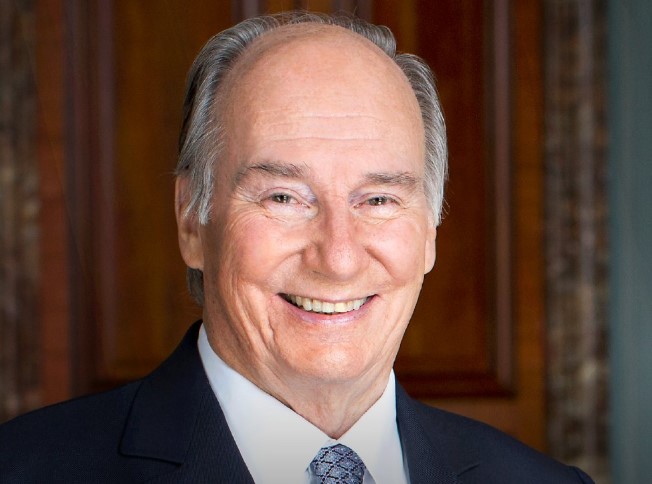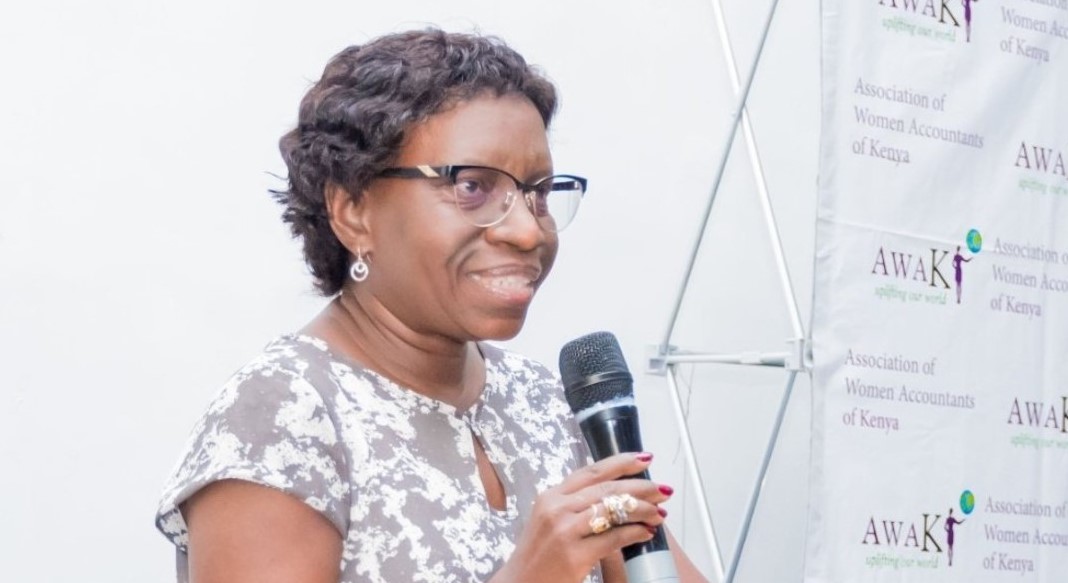Global poverty reduction efforts stall, putting eradication goals at risk, World Bank warns
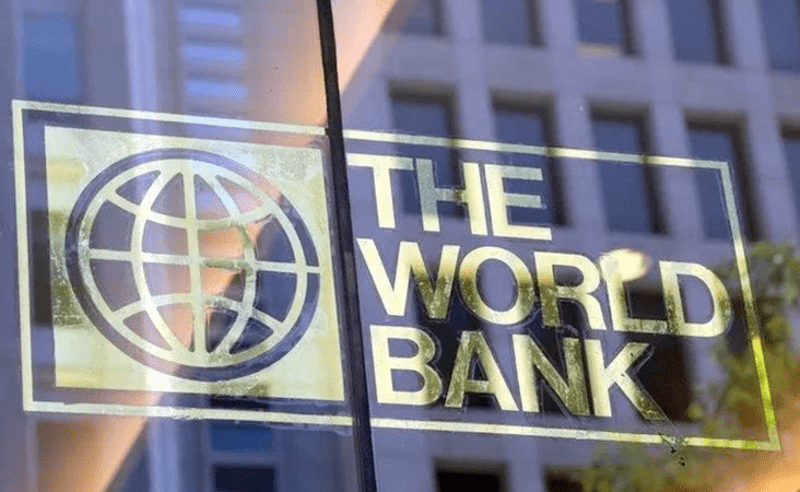
In Kenya, the lender says the country has been successful in translating economic growth into poverty reduction, but this progress is unevenly distributed.
Efforts to reduce poverty in countries globally have slowed to a near standstill, a situation that risks having more people remaining trapped in extreme poverty.
According to a recent progress report on poverty and prosperity by the global lender, the World Bank, poverty reduction and improvements in shared prosperity, especially in Sub-Saharan Africa, have stalled.
More To Read
Consequently, it says the 2020-30 decade goal on poverty eradication is likely to be missed, with more people remaining trapped in extreme poverty amid the steadily increasing population.
At the current pace, it would therefore take decades from now to eradicate extreme poverty, and more than a century to lift people above the standard level, those living below $6.85 (Sh890) per day, the lender says in part.
Today, approximately 8.5 per cent of the world lives in extreme poverty (those living on less than $2.15 (Sh280) per person per day).
At a poverty standard more relevant for upper-middle-income countries ($6.85 per person per day), 44 per cent of the world's population lives in poverty.
Notably, the number of people living under this higher standard has barely changed since 1990 due to population growth.
The poverty, prosperity and planet study report further reveals that the number of economies with high inequality has fallen by about 20 per cent in the past decade.
It however says Latin America, the Caribbean and Sub-Saharan Africa still have a large share of high-inequality economies.
In Kenya, the lender says the country has been successful in translating economic growth into poverty reduction, but this progress is unevenly distributed.
In its poverty and equity assessment 2023 study report, the lender says the north and northeast regions of the country, where arid areas are concentrated, are characterised by poverty rates persistently higher than the rest of the country.
"Counties in these areas are historically underdeveloped and have seen little progress in poverty reduction. Kenya's northern-most county, Turkana, has the highest poverty rate," the lender says.
"As a result, the general economic growth has failed to lift enough people out of poverty and poverty has become less responsive to growth in recent years."
In 2019, according to the report, almost a third of Kenyans (33.6 per cent) were living below the national poverty line, a 13.1-percentage point decline from 46.7 per cent in 2005-06.
This translated into a decline in the number of poor individuals. In rural areas, poverty declined from 49.7 to 37 per cent. In comparison, the urban poverty rate fell from 34.5 to 26 per cent.
"Since March of 2020, however, Kenya's progress in poverty reduction has been adversely affected by the Covid-19 pandemic that is estimated to have increased the number of the poor by an additional two million through adverse impacts on incomes and jobs."
The World Bank reiterates this in the latest report saying the country's progress as well as other Sub-Saharan African countries, has stalled mainly on the back of multiple shocks including the effects of Covid-19, and growth patterns that have not enabled the poorest to catch up.
"The pandemic had scarring impacts, and extreme poverty in the poorest countries today is still above pre-pandemic rates."
It adds that large gaps in human capital, basic infrastructure and life essentials affect significant populations in the poorest regions.
Data shows one-half or more of the people in Sub-Saharan Africa and in fragile and conflict-affected situations lack electricity and sanitation.
"Large education gaps also persist, but investments in education in low-income countries remain very low."
Top Stories Today
